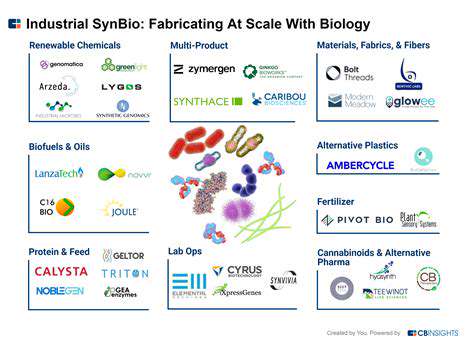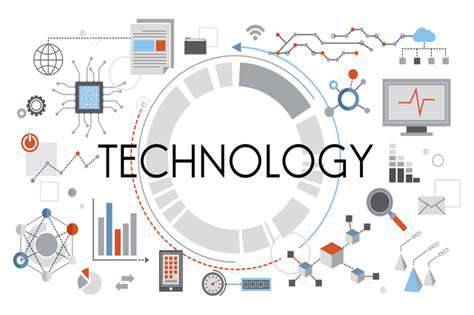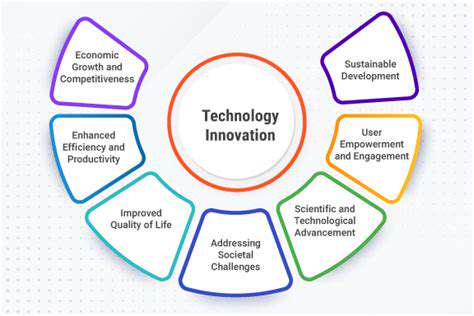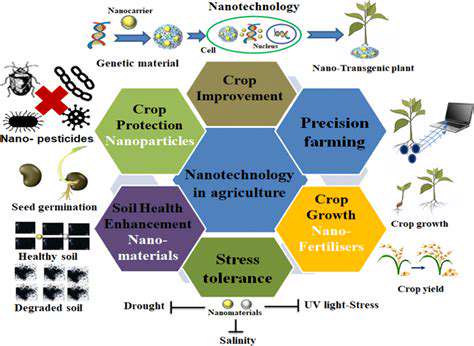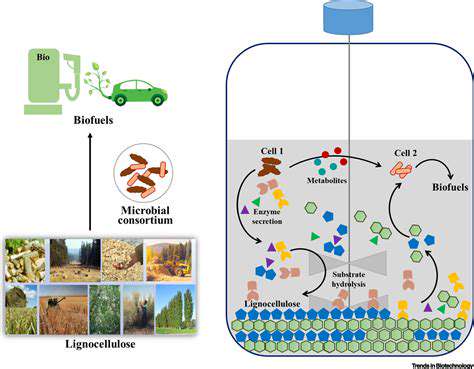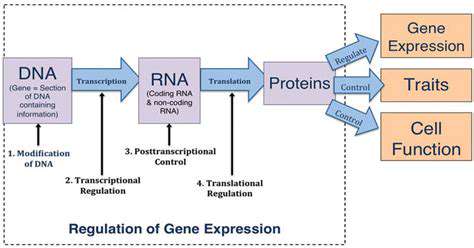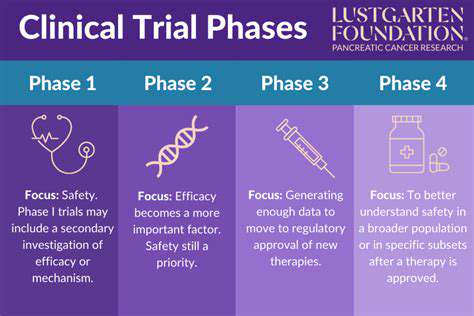Improving Feed Efficiency and Nutrient Utilization
Improving Feed Conversion Ratios
One of the most pressing challenges in modern animal agriculture revolves around optimizing feed conversion ratios (FCR). When animals demonstrate lower FCR values, they achieve more efficient feed utilization, requiring less input to produce equivalent outputs. This efficiency directly translates to both economic savings for producers and reduced strain on environmental resources. Cutting-edge biotechnological approaches, including advanced genetic selection techniques and precision nutritional interventions, are revolutionizing how we enhance digestive efficiency and nutrient uptake in livestock.
The role of genetic selection in this process cannot be overstated. Through careful identification and breeding of animals with naturally superior feed conversion capabilities, agricultural scientists are developing herds with inherently efficient metabolic systems. When combined with data-driven feeding protocols, this approach significantly diminishes the ecological footprint of livestock operations. Contemporary genomic technologies further accelerate progress by identifying specific genes related to digestive enzyme production and nutrient absorption pathways.
Enhancing Nutrient Utilization
Modern biotechnology provides groundbreaking methods for maximizing nutrient absorption from animal feed. Scientists are engineering feed components with enhanced bioavailability, ensuring animals derive optimal nutritional value from every bite. For instance, modifying the protein structures in feed ingredients creates more digestible forms that better match animals' amino acid requirements. This precision nutrition approach minimizes waste while maximizing growth potential.
The gut microbiome plays a pivotal role in nutrient assimilation, and biotechnologists are making remarkable strides in microbial community manipulation. Strategic use of probiotics, prebiotics, and synbiotics promotes beneficial bacterial populations that dramatically improve nutrient extraction efficiency. These microbial interventions represent a paradigm shift in animal nutrition, potentially transforming how we formulate feeds for maximum biological value.
Advanced analytical techniques like metabolomics are revealing previously unknown nutrient absorption limitations. By identifying specific nutritional bottlenecks, researchers can develop targeted supplement strategies that address precise metabolic needs. This customized approach ensures animals receive perfectly balanced nutrition with minimal excess or deficiency.
The environmental implications of these advancements are profound. As feed represents the largest input cost and environmental impact factor in animal production, even marginal improvements in utilization efficiency yield significant sustainability benefits. Future research must continue exploring the complex interplay between feed composition, digestive physiology, and microbial ecology to unlock further efficiency gains.
Combating Diseases and Enhancing Animal Health
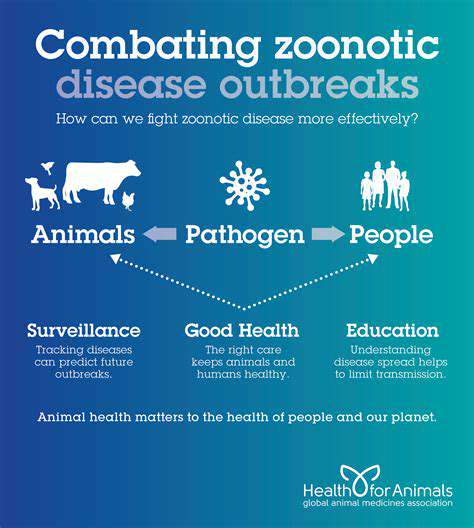
Combating Infectious Diseases
Infectious pathogens continue to pose substantial threats to global animal health systems. Proactive disease prevention strategies form the cornerstone of sustainable livestock management. Comprehensive vaccination programs, coupled with rigorous biosecurity protocols, create essential barriers against disease transmission. The dynamic nature of microbial threats demands constant vigilance and rapid response capabilities from veterinary professionals.
Strengthening Healthcare Systems
Resilient animal health infrastructure serves as the foundation for effective disease control. This requires substantial investment in diagnostic capabilities, veterinary training programs, and treatment accessibility. Preventive medicine approaches, including regular health monitoring and early intervention protocols, prove far more cost-effective than crisis management of disease outbreaks. Integrating digital health technologies enables real-time monitoring of herd health status across geographically dispersed operations.
Promoting Public Health Initiatives
Effective zoonotic disease prevention requires coordinated efforts between animal and human health sectors. Public education campaigns that clearly explain disease transmission pathways empower both producers and consumers to make informed decisions. Transparent communication about food safety measures builds essential trust in modern agricultural systems. Community-based surveillance networks enhance early detection capabilities for emerging health threats.
Enhancing Research and Development
Continuous innovation in veterinary medicine remains critical for addressing evolving disease challenges. Investment in next-generation diagnostics, novel therapeutics, and vaccine development pipelines ensures preparedness against emerging pathogens. Collaborative research initiatives that bridge academic, government, and industry expertise accelerate the translation of discoveries into practical solutions. Special attention must focus on antimicrobial stewardship to preserve the effectiveness of existing treatments.
Sustainable Practices Through Biotechnology
Harnessing Biotechnology for Enhanced Feed Efficiency
Biotechnological innovations are transforming feed formulation strategies by precisely matching nutritional profiles to animals' genetic potential. Advanced enzyme supplementation and microbial fermentation techniques enhance the availability of nutrients from unconventional feed sources. These developments help reduce reliance on traditional feed crops, creating more sustainable production systems.
Improving Animal Health and Disease Resistance
Genetic selection tools now enable identification of animals with naturally robust immune systems. Gene editing technologies offer potential for developing disease-resistant livestock varieties that require fewer pharmaceutical interventions. These approaches support the global movement toward reduced antibiotic use in animal production. Advanced diagnostic platforms facilitate rapid, on-farm detection of pathogens before clinical symptoms emerge.
Optimizing Breeding Programs with Genomics
Whole-genome sequencing technologies have revolutionized livestock genetic improvement programs. By analyzing millions of genetic markers simultaneously, breeders can make more informed selection decisions with greater accuracy. This genomic revolution has shortened generation intervals while increasing the rate of genetic gain for economically important traits. The resulting animals demonstrate superior productivity with reduced environmental impact per unit of output.
Sustainable Production of Animal Protein
Biotechnology enables more efficient use of natural resources in animal production systems. Novel feed ingredients derived from microbial biomass or insect protein offer sustainable alternatives to traditional crops. Precision farming technologies optimize resource allocation while minimizing waste. Life cycle assessment methodologies help quantify and reduce the carbon footprint of animal protein production. These innovations collectively support the transition toward climate-smart agriculture.
